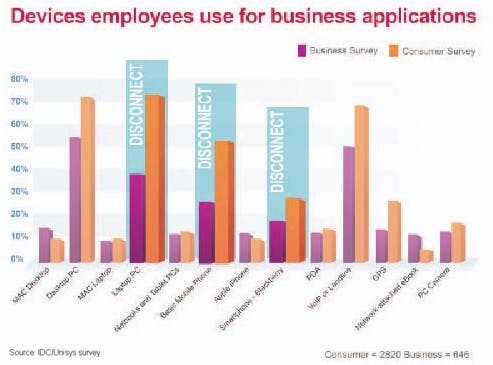It’s like a bad high school movie — where one clique picks on another less popular clique. But in this movie, it’s not the popular kids who taunt the geeky ones.
No, in this movie the still popular kids are traditional Annual Performance Reviews and the geeky aberrations are the pundits pushing to change the system. But like the perennial popular kids of lore, these not-so-bright knuckleheads have a C average.
According to a recent Wall Street Journal article titled Performance Reviews Lose Steam:
Performance reviews have long received poor grades, even from those who conduct them. Nearly 60% of human-resources executives graded their own performance-management systems a C or below, according to a 2010 survey by Sibson Consulting Inc. and WorldatWork, a professional association.”
If the system works, then what’s the problem?
Some 60 percent graded their performance-management system a C or below. Time for some remedial attention. For the geeky aberrations driving change, awareness is always the first step — but there’s a difference between best practice and business case.
If I’ve been conducting traditional top-down annual performance reviews for X number of years in my company, and for the most part my employees get the process and it technically works, then what’s the problem?
I mean, if they understand how they’ve performed during the previous year along with setting goals for better performance in the coming year, maybe getting a reward in the form of a tiered pay raise is worthy. In that case, C grade or not, unless I can document negative effects of this process on my employees, our productivity and our revenue, then changing it is a nice-to-have.
Nice-to-have versus a must-have; that’s what I mean by best practice to business case. You can talk to me all you want about performance management best practices, ‘cause we’re friggin’ busy here trying to run a business.
A yet-to-be published study by researchers Vicki M. Scherwin, Jean-Francois Coget and Randall J. Kirner examined 17 firms without formal performance appraisal systems. Those organizations all reported low turnover, high employee morale and strong relationships between managers and employees, among other benefits, found the study.
Making the business case for change
Lower turnover and higher productivity can all be measured as well as the impact on revenue. These help make the business case for change and give gumption to us geeks shouting, “We need more weekly one-on-one’s and one-on-many’s and many’s-on-many’s and mentoring and 360?s and collaboratively training and continuous feedback loops.”
Lastly, why not experiment with various modalities, customizing the way employees and managers are evaluated, trained and rewarded? If you listen to this Freakonomics podcast titled How Is a Bad Radio Station Like Our Public-School System?, you’ll hear a fascinating story about the New York City Department of Education pilot program called School of One, which customizes the classroom experience for each student — whether that be live face-to-face individual instruction, live virtual individual instruction, small group face-to-face individual instruction, and the list goes on and is still be added to.
Then every child is tested and evaluated daily with all the data plugged into a software algorithm that evaluates and recommends course corrections (because software can do that these days). A far cry from Fast Times at Ridgemont High.
Winter break is over. It’s time to disrupt the C-grade performance cliques and really make that geeky business case for change. Sweet.
You can find more from Kevin Grossman on his Marcom HRsay blog.
